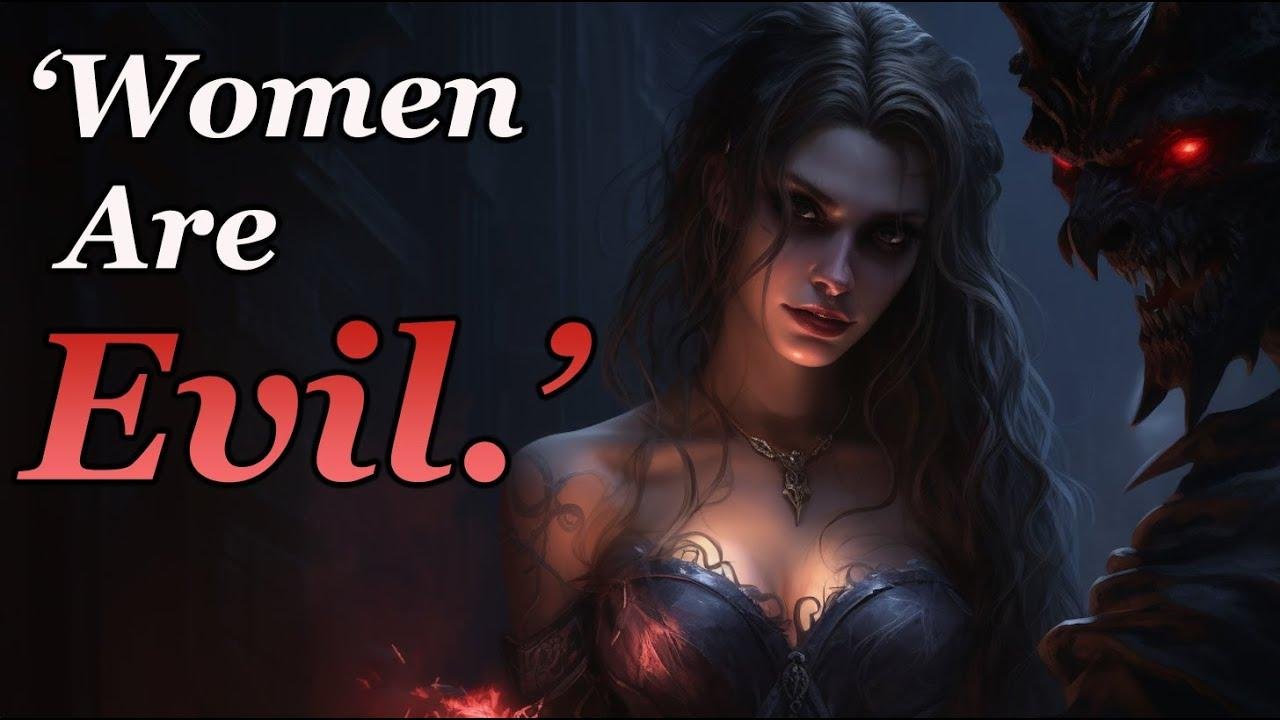Women have been targeted for centuries, blamed for everything from the fall of man to practicing witchcraft. Kramer's 15th century text paints a picture of women as gullible, emotional, and susceptible to evil. It's a wild ride of misogyny and malevolent stereotypes. 
History of Witchcraft in the 15th Century 
Table of Contents
The 15th Century marked a widespread of Witchcraft and subsequent persecution. Inquisitors like Hinrich Kramer provided instructions for identifying witches and their persecution. Kramer's religious perspective deeply entrenched the attitudes of the time towards the role of women in witchcraft and their belief in magic.
Attitudes Towards Women in Witchcraft
Kramer's interpretation of religious scripture portrayed women as emotionally unreliable, reinforcing stereotypes about women's nature and their susceptibility to superstition and gossip. His narrative suggested that women were more vulnerable to malevolent forces and less intelligent than men, leading to their involvement in witchcraft.
Women and the Devil in Witchcraft 
Kramer's views further perpetuated the idea that women were more susceptible to temptation and evil. He insinuated that women were inherently gullible and emotionally unstable, making them more likely to be involved in satanic practices and witchcraft.
Virtuous Women and the Church 
Kramer's writings suggested that virtuous women were rare and that most women were prone to sinful behavior. He also framed women's emotions and their capacity for seduction as inherently evil, reinforcing the idea that women were more susceptible to witchcraft and deception.
Women in the Old Testament
Kramer's interpretation of the Old Testament perpetuated the idea of women as temptresses and morally inferior to men. He attributed Adam's downfall to Eve and argued that women were to blame for their influence on men and their susceptibility to witchcraft.
The 'Truth' About Women and Witchcraft 
Kramer concluded that women were more likely to be involved in witchcraft due to their perceived moral and intellectual shortcomings. He warned against jealousy and envy among women, suggesting that these emotions could lead to witchcraft and harmful practices.
Legacy of Witchcraft Accusations
The 15th Century saw a significant number of women accused of witchcraft, with many suffering torture and execution. The widespread atrocities committed against women accused of witchcraft have left a lasting impact on history, shaping our understanding of gender roles and perceptions of women in society.
Don't miss out on the latest episode of Enlisted for an in-depth look at the history of witchcraft. Visit the link below to watch now!
Key Takeaways:
- The 15th Century witnessed a widespread persecution of witches and the subsequent association of women with witchcraft.
- Hinrich Kramer's interpretation of religious scripture perpetuated stereotypes about women's vulnerability and predisposition to witchcraft.
- The legacy of witchcraft accusations continues to shape our understanding of gender roles and perceptions of women in society.







